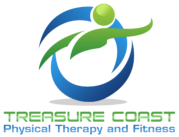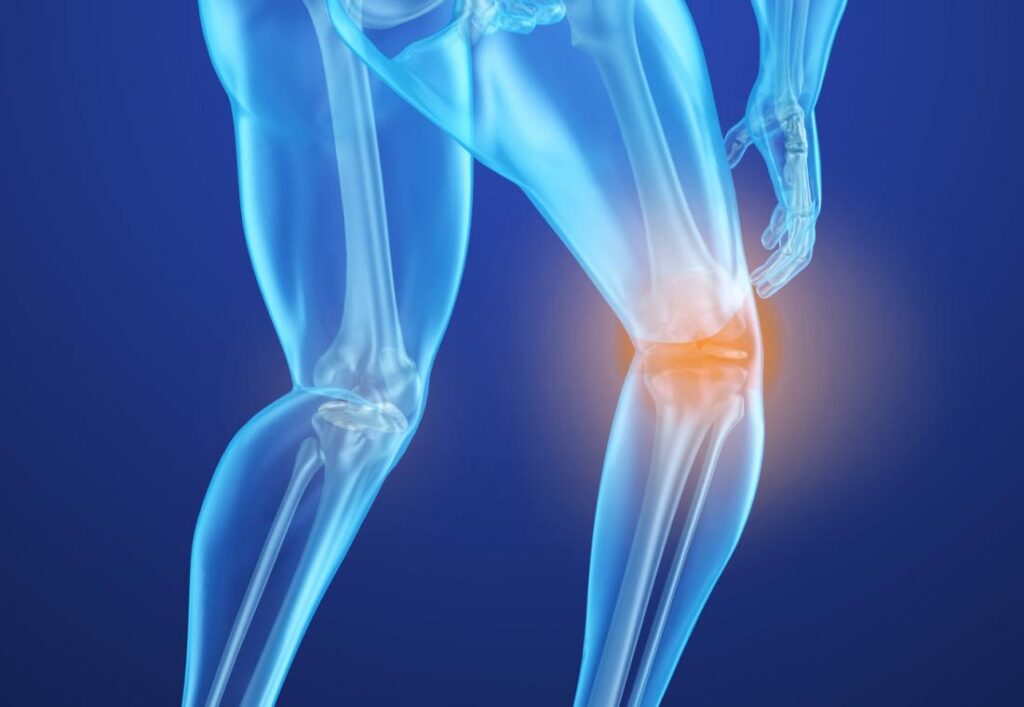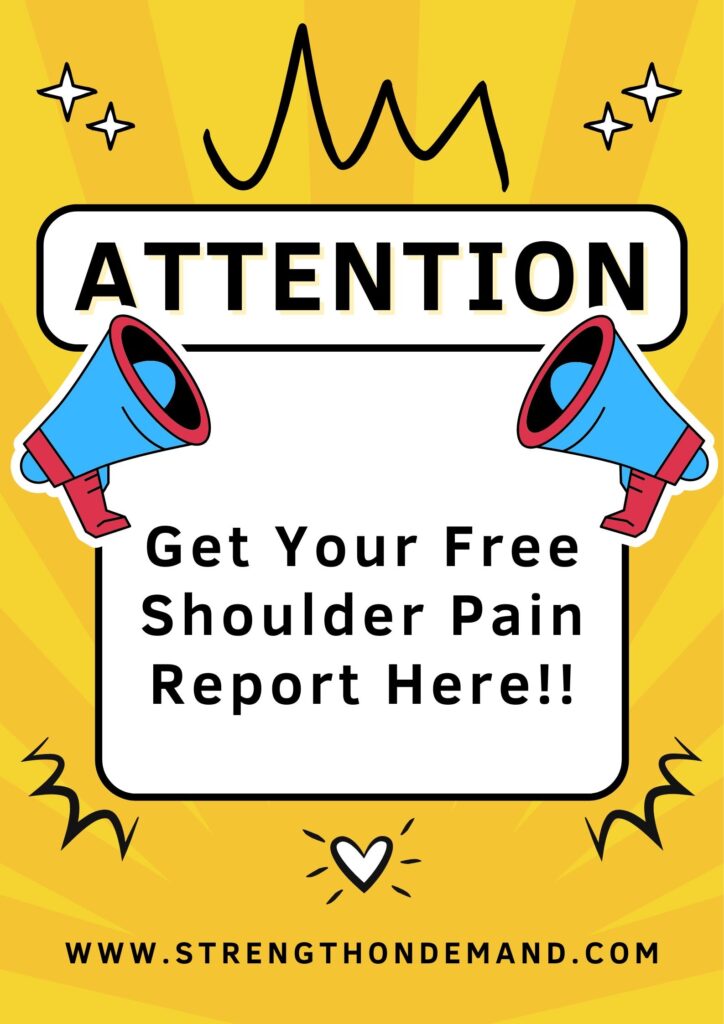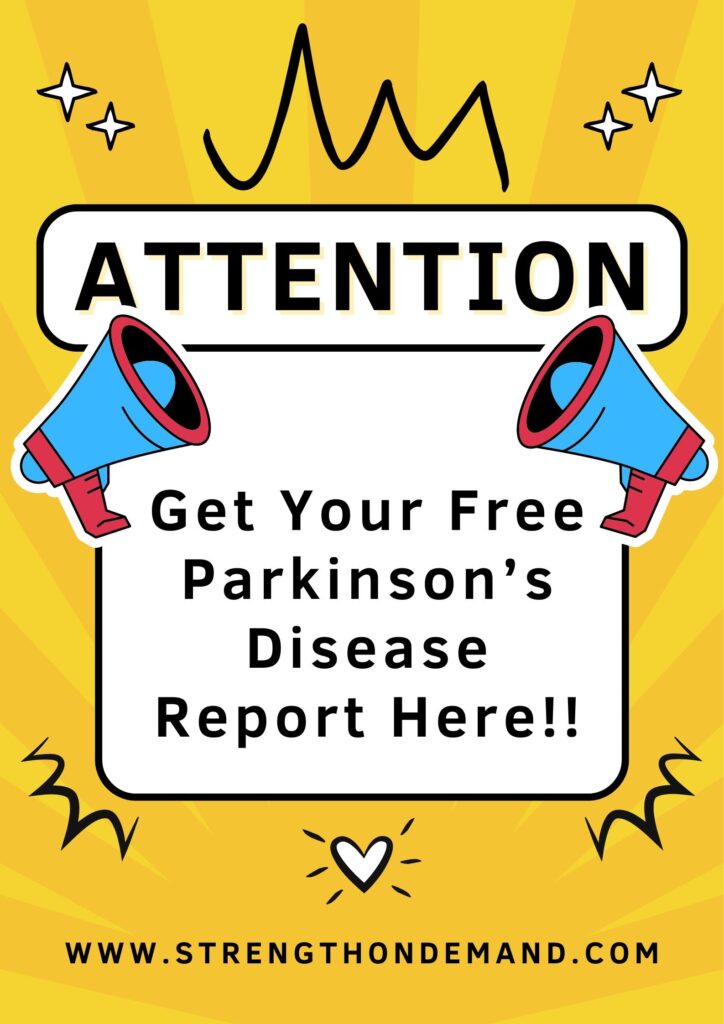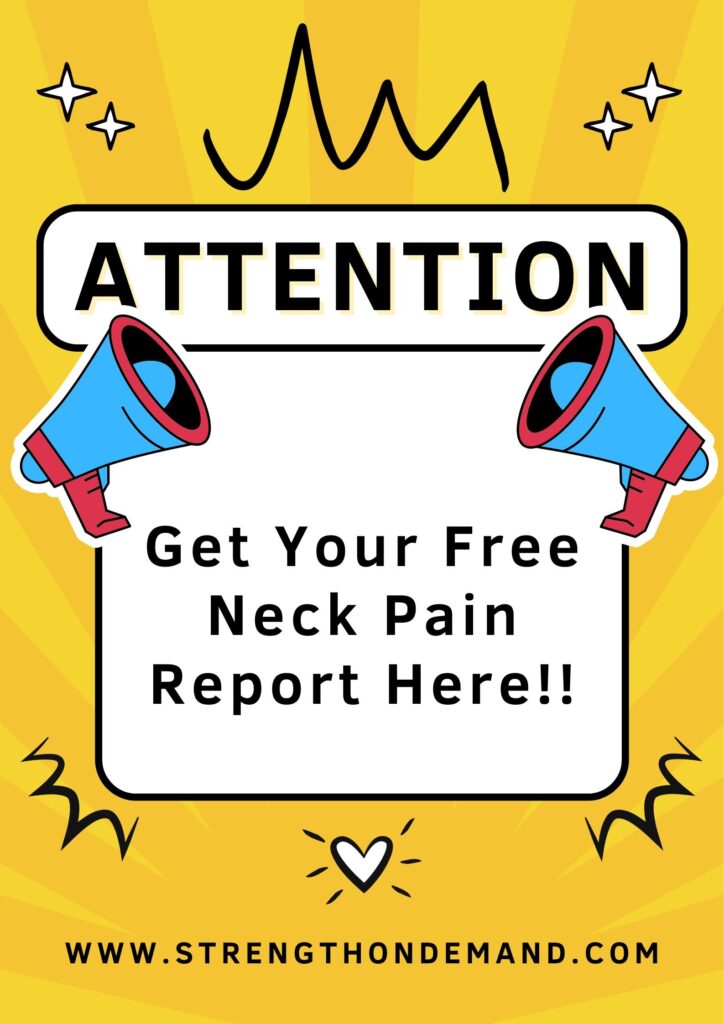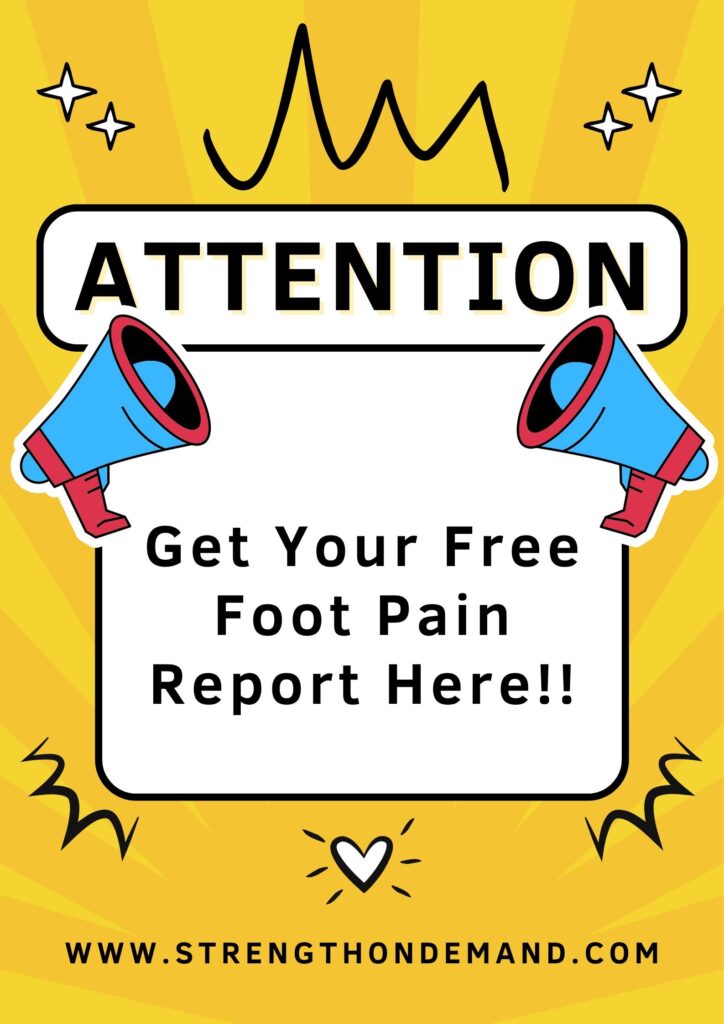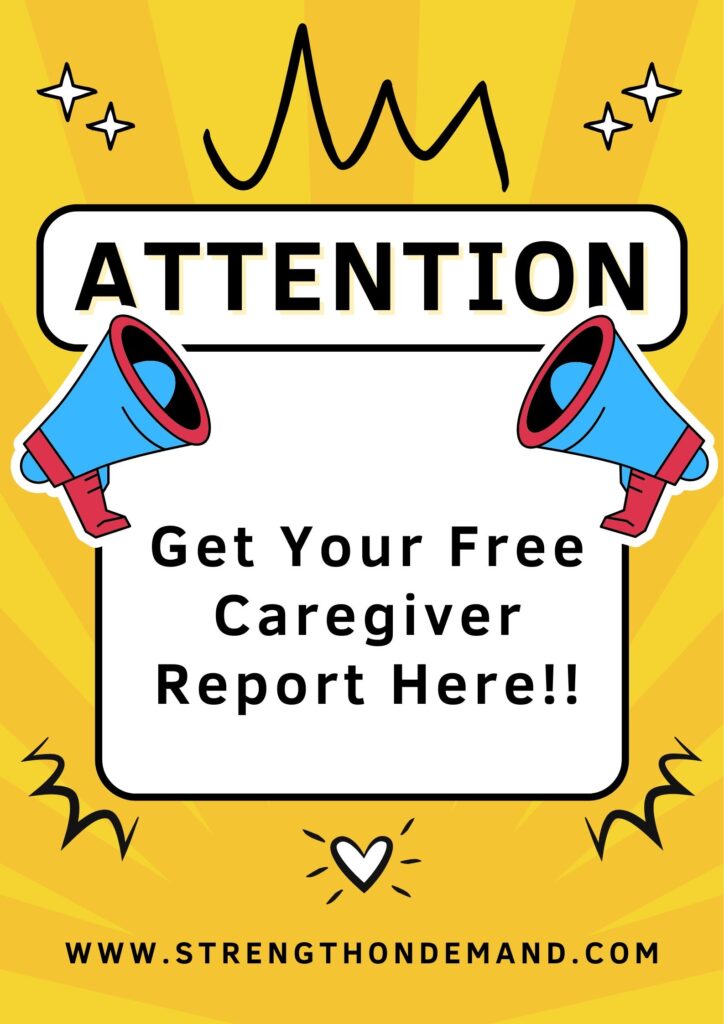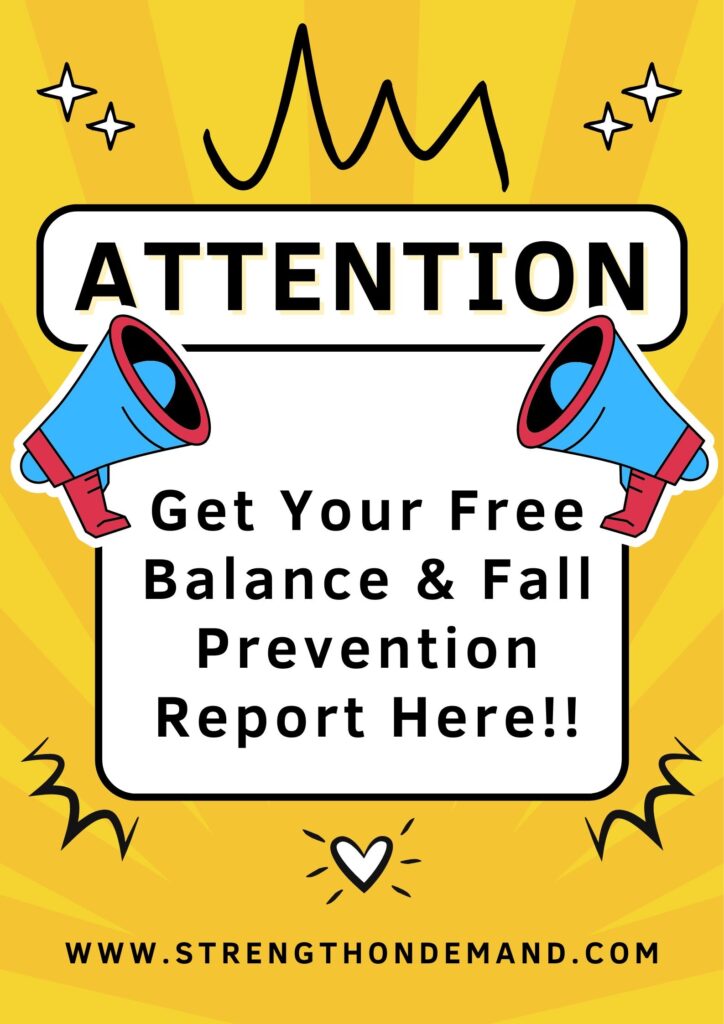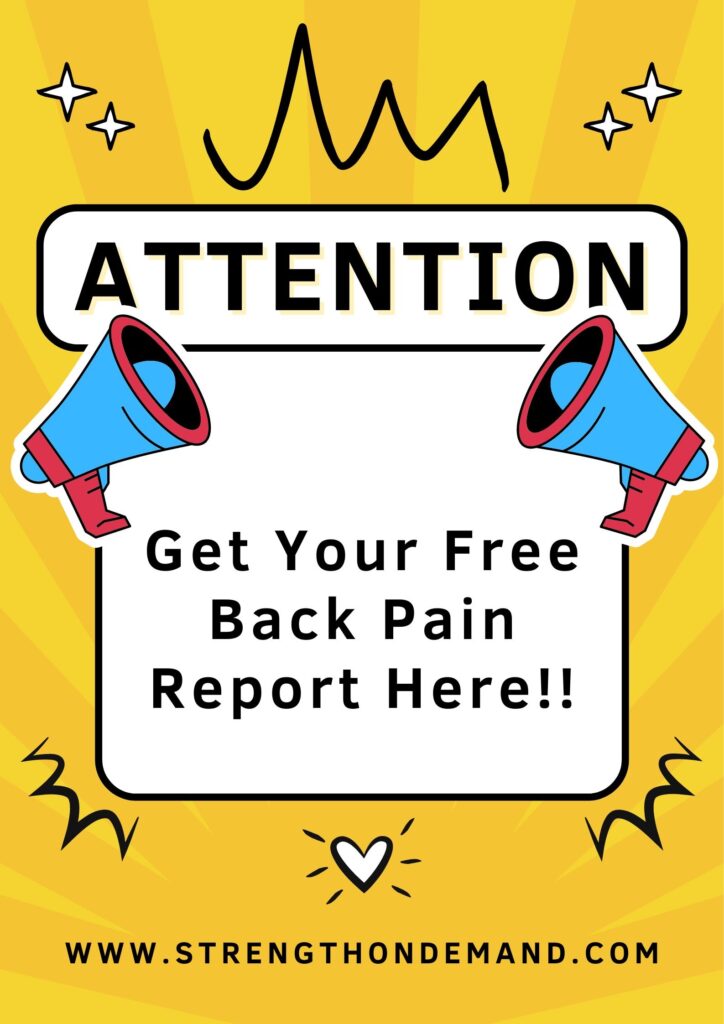What Does it Mean and What Can I Do Right Now to Make Things Better?
Summer is approaching and the weather is becoming more and more beautiful…perfect for outdoor fun. But you’re not sure whether this will be a summer to remember because of all the fun activities you will be doing or because you will be struggling through the recovery from surgery. You may have been told that you have “bone-on-bone” of your hip, knee or shoulder and that this is the cause of all your discomfort. But what does this really mean? Do you need surgery right now? Can you do anything to help it? You wait so long for summer to arrive and now you are faced with this situation. Well, I’m here to tell you that there are some things that you can do right now to help your current situation so that you won’t need to spend all summer recovering from surgery.
A diagnosis of “bone on bone” typically refers to a condition where the cartilage that cushions the joints has worn away, leaving bones to rub against each other. This condition is often associated with osteoarthritis, which can cause pain, stiffness, and limited mobility. Here are some steps you can take to manage your condition:
- Consult with a Specialist: Start by consulting with an orthopedic specialist or a rheumatologist. They can provide a comprehensive evaluation of your condition and suggest appropriate treatment options.
- Medication: Your doctor may prescribe medications such as nonsteroidal anti-inflammatory drugs (NSAIDs) to help reduce pain and inflammation. In some cases, they might recommend stronger pain medications or injections of corticosteroids or hyaluronic acid directly into the joint.
- Physical Therapy: Working with a physical therapist can help you strengthen the muscles around the affected joint, improve flexibility, and teach you techniques to reduce pain and improve mobility. Remember the cycle of pain must be stopped as soon as possible. This cycle is as follows: You are in pain and so you stop performing activities. This lack of activity leads to more weakness and instability which then leads to more pain. As a result, you become even less active. And around and around it goes in a downward spiral. Working with a Physical Therapist can help you modify many of your daily activities to make them as pain-free and tolerable as possible. As you become more mobile, you will not only feel improvement physically but emotionally as well. I have helped many patients safely transition onto the floor in order for them to play with their grandkids or to get low enough to garden again. I have also modified golf swings with others so they can continue to play a round with their friends. These little changes kept them doing what they love to do and helped improve their mental and emotional well-being. This led to them realizing that they can be more active than they once thought and so they feel more empowered.
- Weight Management: Excess weight can put additional stress on weight-bearing joints such as the knees and hips, exacerbating pain and discomfort. Maintaining a healthy weight through diet and exercise can help reduce symptoms. Learning by trial and error which activities are least painful as well as consulting with a Nutritional Coach will be very beneficial for this.
- Low-Impact Exercise: While high-impact activities like running or jumping may exacerbate joint pain, low-impact exercises such as swimming, cycling, or walking can help improve joint function without putting excessive strain on them.
- Assistive Devices: Using assistive devices such as canes, braces, or orthotics can help support the affected joint and reduce pain during daily activities. Most people even the ones not suffering from pain will benefit from custom shoe orthotics in order to maximize the stability of your feet. Your feet are the foundation of your body, so by enhancing the stability there, all the joints above it will move more efficiently.
- Surgical Options: In severe cases where conservative treatments are ineffective, your doctor may recommend surgical interventions such as joint replacement surgery. This involves replacing the damaged joint with an artificial one to restore function and reduce pain.
- Lifestyle Modifications: Simple changes like using ergonomic tools, modifying activities to reduce joint stress, and practicing good posture can help manage symptoms and improve quality of life.
- Alternative Therapies: Some people find relief from symptoms through alternative therapies such as acupuncture, massage, or chiropractic care. While these approaches may not directly treat the underlying cause, they can help alleviate pain and improve overall well-being. I’m not one for treating the symptoms, but if doing this initially allows you to increase your activity level so that you can lose weight, improve strength and flexibility, then using a modality to reduce your pain may be the best choice initially.
- Emotional Support: Living with chronic pain can take a toll on your emotional well-being. Consider seeking support from friends, family, or a therapist to cope with the challenges of your condition.
Remember to work closely with your healthcare team to develop a personalized treatment plan that addresses your specific needs and goals. It’s also essential to stay proactive in managing your condition and communicate any changes in symptoms or concerns with your healthcare provider.
We at Treasure Coast Physical Therapy and Fitness understand that each person is unique, requiring personalized treatment tailored to their individual needs.
Are you looking for more specific guidance beyond the simple cookie-cutter exercises?
Are you curious about whether Physical Therapy is for you?
At Treasure Coast Physical therapy and Fitness, we have lots of treatment options available to help you, including custom-made orthotics, stretch therapy, soft tissue mobilization, KAATSU Training, and various physical therapy techniques. We can help you determine the best approach for your specific situation and get you back to living your life to the fullest.
First, consider scheduling a Free 30-minute Discovery Visit.
During this visit, you’ll have the opportunity to meet with our experienced therapist and discuss your health concerns in detail. We’ll take the time to understand your unique needs and goals, allowing us to tailor our approach to best meet your needs.
If you prefer the convenience of a telephone consultation, we offer that as well.
During this call, you’ll have the chance to speak with a knowledgeable therapist about your health concerns and explore how our various treatment options can benefit you.
Whether you choose an in-person Discovery Session or a telephone consultation, our goal remains the same…to provide you with the information and support you need to make informed decisions about your health.
Take the first step towards a brighter, pain-free future and get in touch with us now to book your appointment.
Go to www.strenghtondemand.com to inquire, email us at nicholasparmigiano@kbfitnessonline.com, or call us at 772-485-9447.
